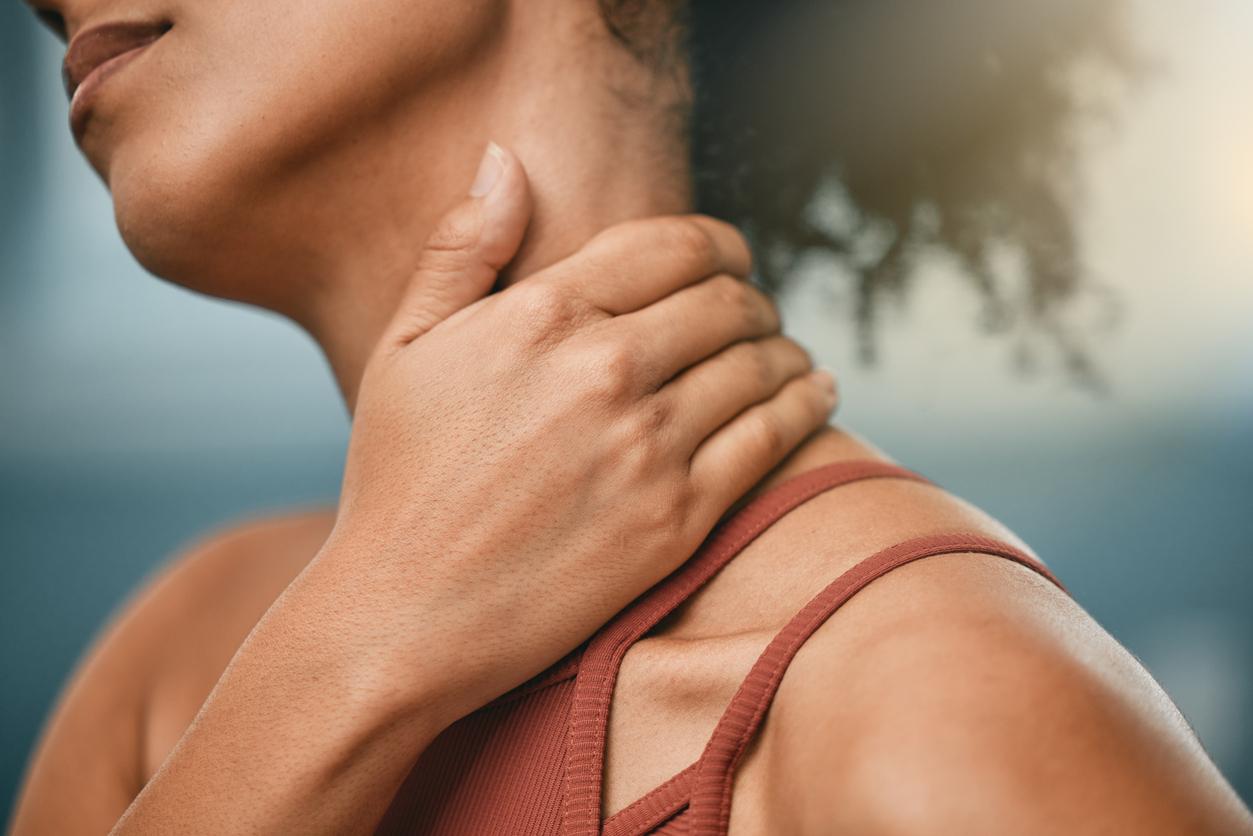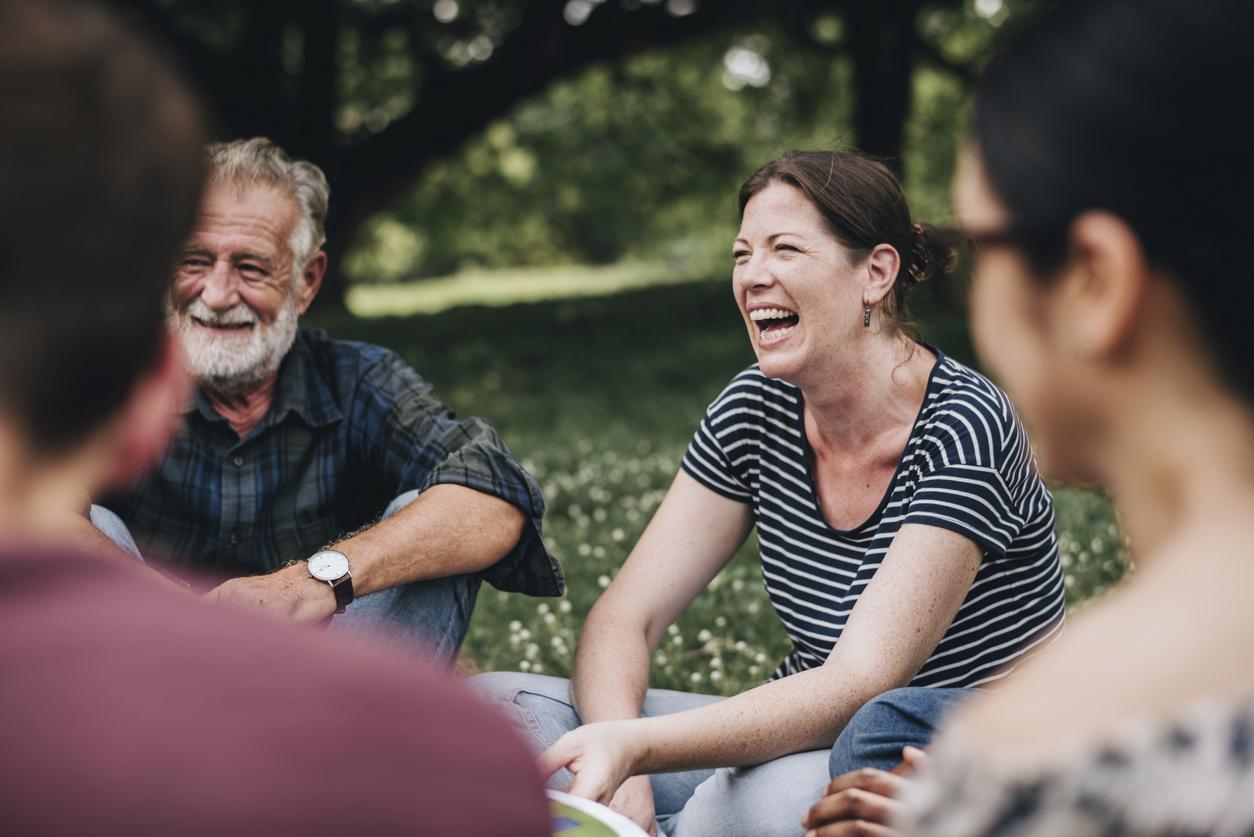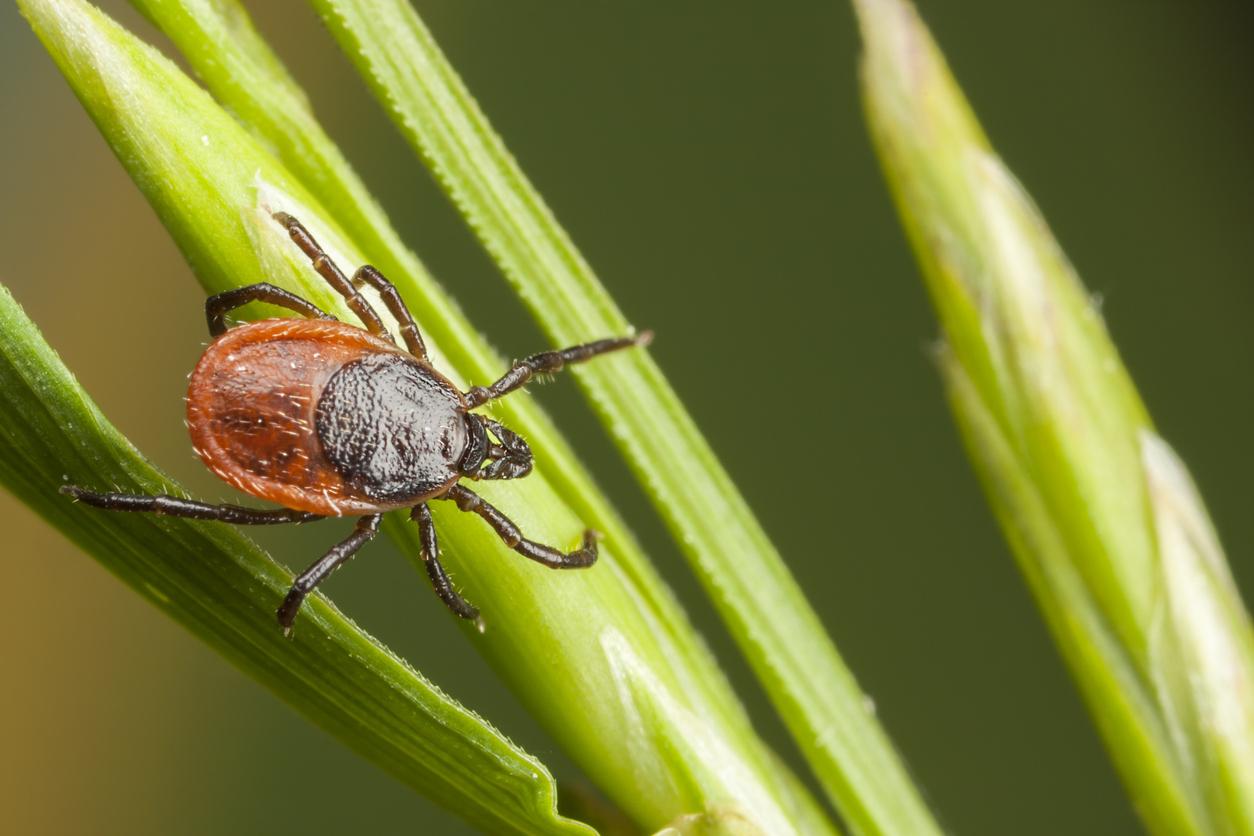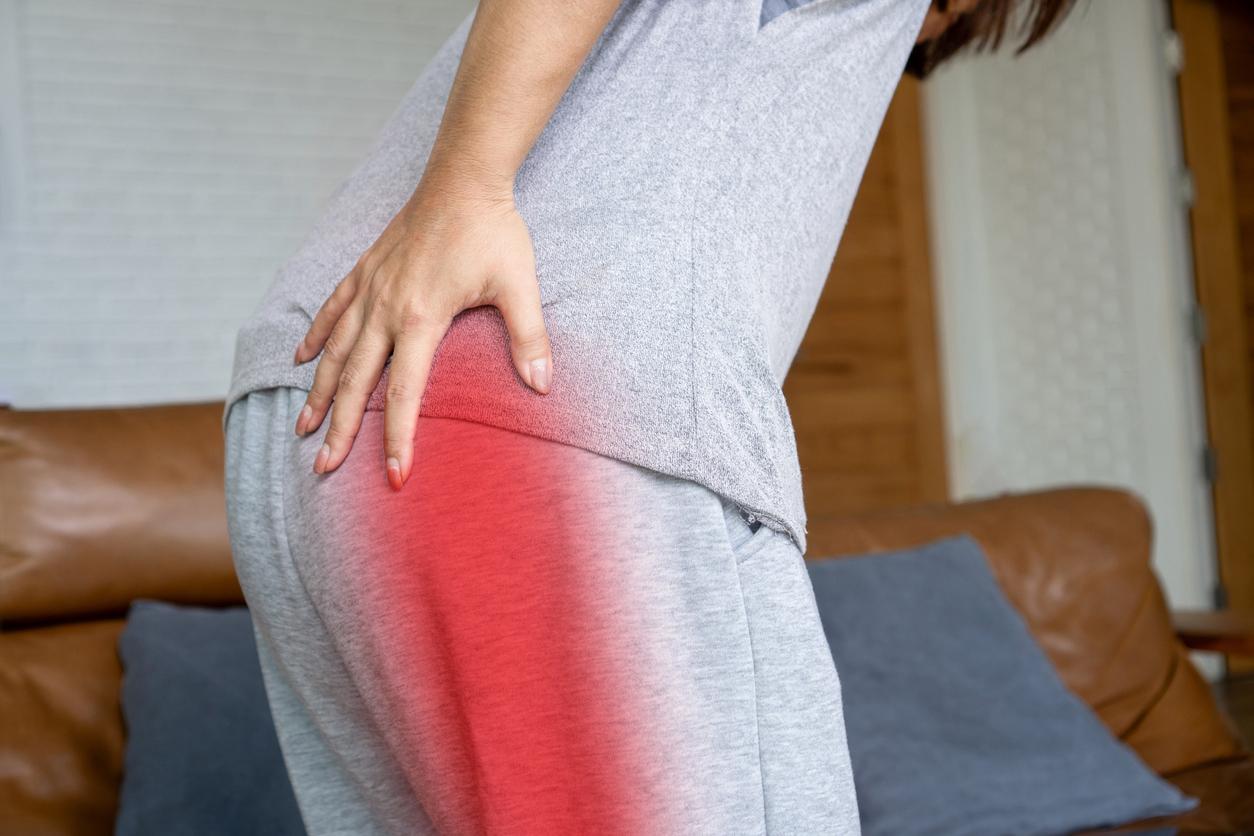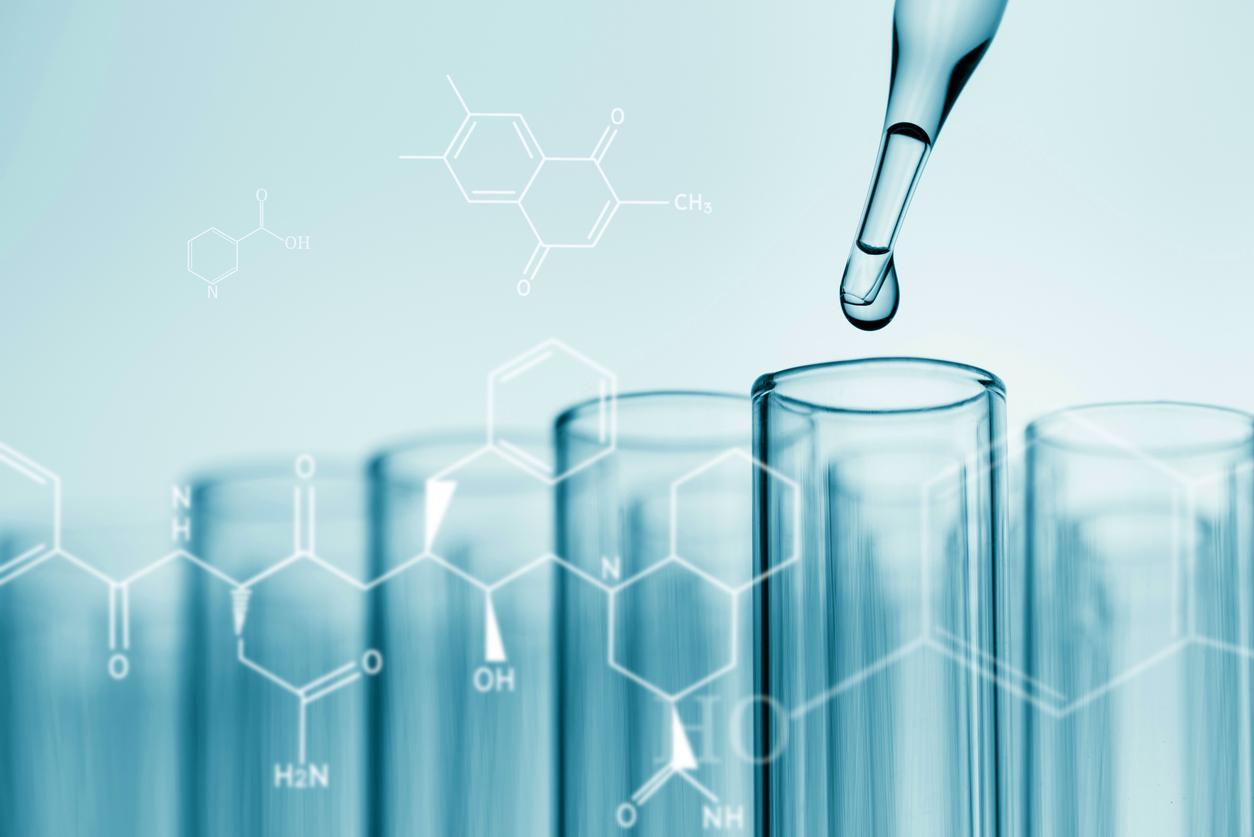Walking, running, jumping, but also tying on a bra, putting on a coat, leaning forward to tie your shoes…: our body is an incredibly mobile and flexible machine. This characteristic, we owe it in particular to structures located almost everywhere on our skeleton, often neglected, even abused: joints. Junction points between at least two bones in our body, these structures are crucial for the sequence of complex movements essential to daily life.
True jewels of natural engineering, they include various elements that make them a well-oiled mechanism: cartilage, synovial membrane that delimits them, synovial fluid, etc.
Joints are fragile structures
As sophisticated as they are, however, our joints remain fragile, as they can be altered by several factors. Some are lifestyle related: this is the case of being overweight or exercising too intensively, which can damage our joints and surrounding structures, causing various damage: micro trauma to the cartilage, sprains, dislocations, etc.
These hinge areas can also be affected by various more or less serious disorders, favored by trauma, genetics or even aging, and which can occur at any age: osteoarthritis, arthritis, etc. Pathologies grouped under the term rheumatism, which designates all joint damage.
Joints are as vital as the heart
However, if a joint “seizes up” and our whole daily life can be degraded. Because then disabling pain occurs which can seriously affect the quality of life, our sleep, our mobility, the practice of leisure activities and, by extension, our private and professional life. Ultimately, “the decrease in mobility can even result in potentially fatal diseases, such as cardiovascular diseases (heart attacks, strokes) or cancers, favored by a sedentary lifestyle”, underlines Pr Berenbaum, rheumatologist. According to Inserm, when walking is limited by joint damage, the mortality rate rises by… 50%! “Often ignored compared to the heart or the brain, the joints are nevertheless just as vital”, insists Professor Berenbaum.
This shows the importance of knowing them well in order to better protect them.
Read also :
- Good everyday gestures when you have osteoarthritis
- Osteoarthritis: 5 ways to delay its appearance
- Joints: what we don’t always know





















